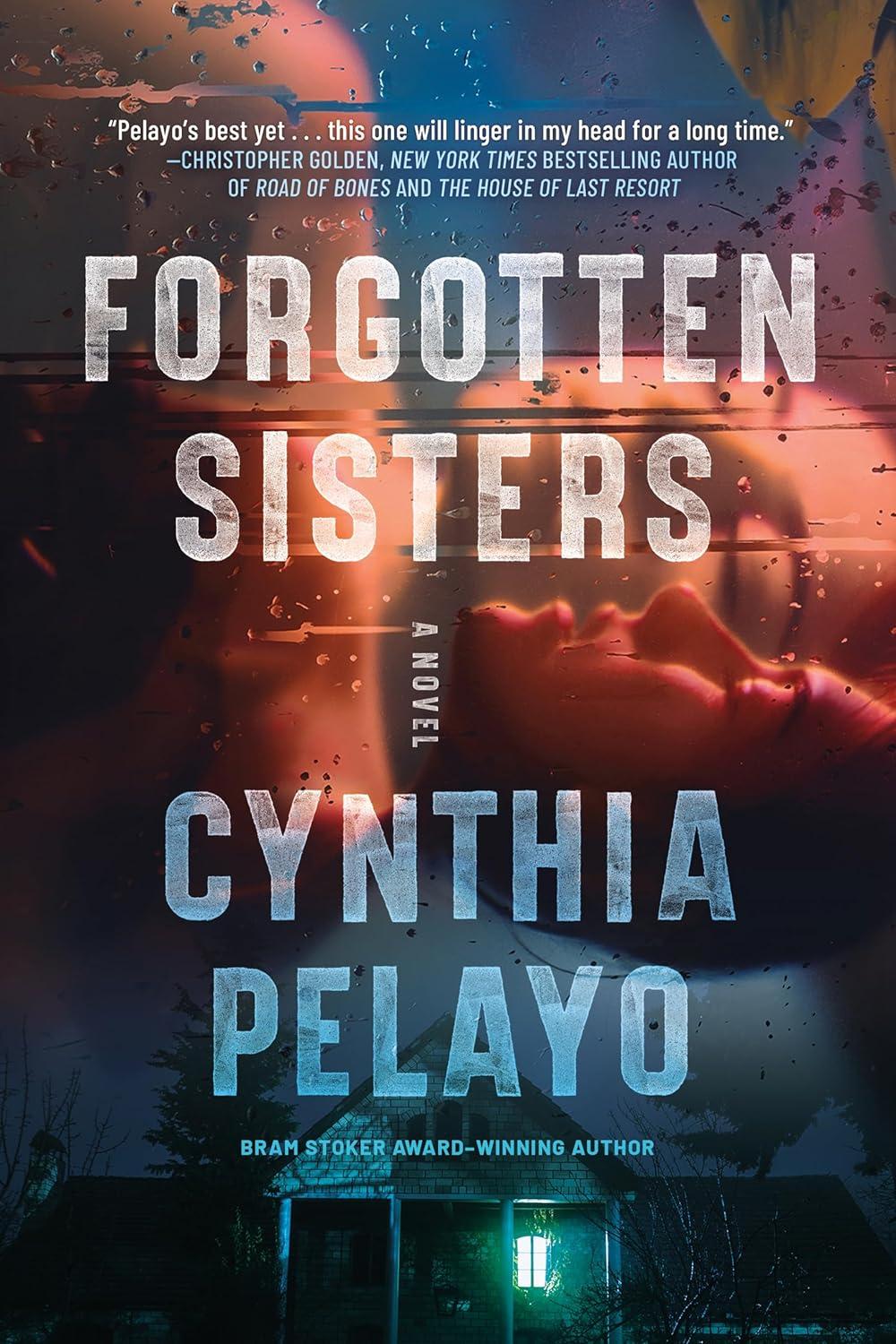Chicago-born writer Cynthia Pelayo’s voice catches as she tells me about the S. S. Eastland, a passenger ship that capsized on July 24, 1915, killing men, women, and children on their way to Western Electric Company’s annual company picnic. It was one of the worst maritime disasters in America’s history, and certainly the worst disaster in Chicago’s history. With a death toll totalling 22 whole families and 844 lives, the city shut down for several days to accommodate the scope of the relief efforts, and the number of funerals. Recovered bodies lay in nearby buildings serving as temporary morgues. The main temporary morgue was the Second Regiment Armory on Washington Boulevard, which later became Harpo Studios, where Oprah Winfrey taped her talk show. At night, a “gray lady” supposedly walked the hallways of Harpo Studios and a woman’s sobs echoed in one restroom. Another of these temporary morgues, the Reid Murdoch Building, is also reportedly haunted. Some say that if you sit on the opposite steps facing the building at night, you can see lights flickering on and off.
Although horror is her base, Pelayo didn’t initially become invested in the S. S. Eastland disaster due to its potential as a chilling Chicago ghost story—which it has since become in Pelayo’s skillful hands. Many of those killed were Chicago’s working-class immigrants, and Pelayo, herself a daughter of Chicago’s immigrants, became invested in them. “We lost so much that day,” Pelayo reflects on the lives cut short, the children and grandchildren never born.
But who among even the longtime Chicagoans has heard of the S. S. Eastland? How many know of (and romanticize) the Titanic, but can’t name America’s Titanic? Pelayo only learned about the event by tagging along on a Chicago ghost tour with her husband and friend. Not, as one would expect, through her years of listening to the city’s stories as a community journalist, which she then spun into terrifying Chicago fairytales that sharpen their knives on the border of the supernatural and the everyday. And not even through her father, who led her along the city’s streets and passed down his memories, like the stockyards’ animal carcasses polluting the river. For her, the S. S. Eastland encapsulates what we chose to remember and what we chose to forget, and why that matters. “We remember the gory details, like the Valentine’s Day Massacre,” notes Pelayo. “These beautiful people died going to a picnic. Why don’t we think about them?”
